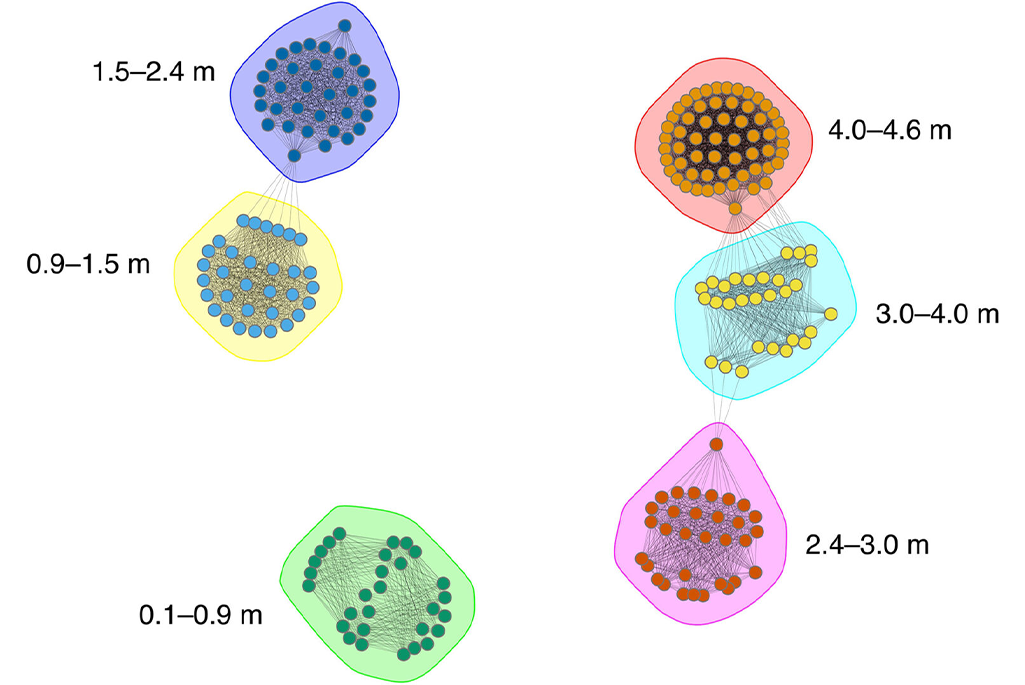Over half of Earth’s microbes are located in the subsurface critical zone, which ranges from the surface of the ground to bedrock. These microbes form communities that govern important ecological processes such as the carbon and nitrogen cycles, yet much of the processes by which they function and partition in the critical zone remains unknown.
What affects the makeup of these microbial communities, and how are they impacted by local geochemical conditions to affect these ecological processes in different ways? In a new study published in Applied and Environmental Microbiology, a team led by Staff Scientist and Ecology Department Head Romy Chakraborty, sought to answer these questions. This work is part of the ENIGMA Science Focus Area, and was performed in collaboration with scientists from Berkeley Lab’s Biosciences Area (Adam Arkin), Oak Ridge National Laboratory (Terry Hazen), and the Environmental Molecular Sciences Laboratory (Nancy Hess), a DOE Office of Science User Facility.
“There are a lot of unknowns about these communities,” said Chakraborty. “This environment is also challenging to study since microbial communities that are only 10-20 centimeters apart can be as different as if they were thousands of kilometers away.”
The research team sampled a continuous sediment core from near surface to 18 ft below surface at Oak Ridge Field Research Center in Oak Ridge, Tennessee, to understand how geochemical gradients (changes in subsurface geologic or chemical structure) affect microbial community structure and function.
The researchers found that the microbes were only similar in extremely close proximities, that different communities in different depths rarely shared similarities or connections, and that sediment hydrogeology and the local in situ geochemistry strongly influenced microbial populations and metabolism. As an example, both quantity and quality of carbon declined with depth transitioning toward recalcitrant carbon, and the dominant microbes accordingly shifted from copiotrophs to oligotrophs
These findings help scientists better understand how microbes partition in the subsurface and how geochemistry gradients can affect their structure and function; the study helps inform predictions of microbial community behaviors and ecological processes, which is especially important for a peek into subsurface biogeochemical carbon cycling.


